The Collapsing of Space
A Conversation with Shunsuke Kano
Contemporary photography often plays a paradoxical role — simultaneously highlighting one thing, while obscuring another. Shunsuke Kano is a Kyoto-based artist who embraces this paradox. Originally trained as a printmaker, he uses a combination of photography, sculpture, and film to question the relationship between image and object. In doing so, he challenges viewers to look beyond the surface, and instead, focus on the conditions that led to that specific items creation. We recently spoke with him regarding labour, intent, and the collapsing of space.
I want to start by talking to you about the collapsing of space, which seems to be a central theme throughout your work. In both the specious notion series, as well as Layer of my labour, there is an attempt to flatten both the physical but also the pictorial space. What is it about layering and flattening that you find yourself drawn to?
I use both photographs as well as other material in my work. Because of the photographs, my work will always possess an intent. My goal is to attain a state where, despite the presence of intent, the meaning behind that intent cannot be conveyed for whatever reason. To accomplish this, I use the method of transforming single layers into multiple layers and vice versa. While in Layer of my labor the final state shows an image of a single layer, contained within each and every overlapping layer is elements of both time and labor. The specious notion series, on the other hand, is the complete opposite. Here, a state of multiple layers is created through a single snap shot. I would venture to say that perhaps the time and labor that cannot be visualized has been documented in Layer of my labor, but time and labor that is not documented may be visible to the viewer in specious notion. By presenting anew the complication involved in looking at an image — how invisible time and labor is attached to the viewed image, how time and space not documented can be viewed, or how that picture turns out to be just a print on a simple piece of paper — I think I am able to express a state in which the meaning of the intent is not conveyed, even though intent is always present within the work.
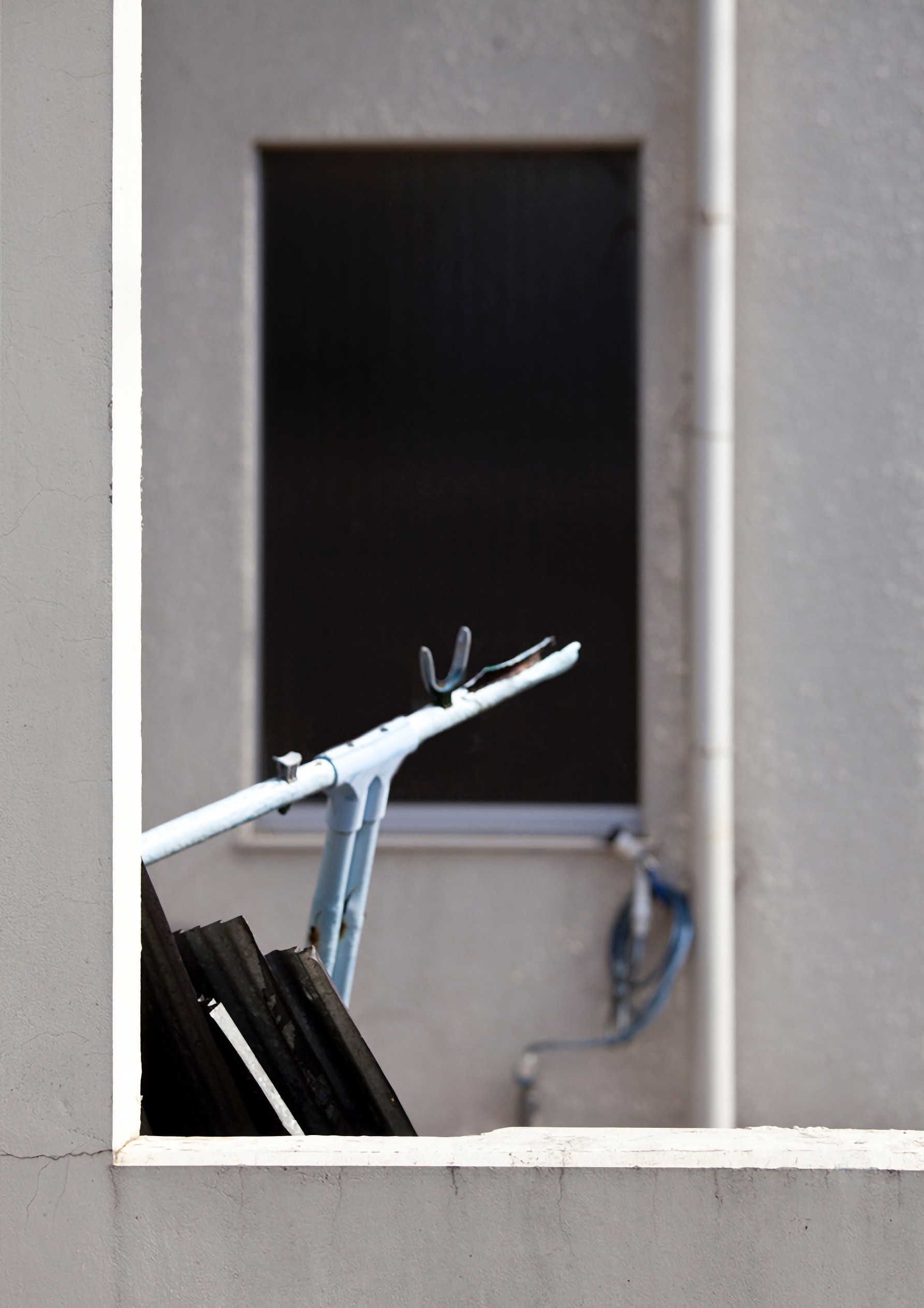
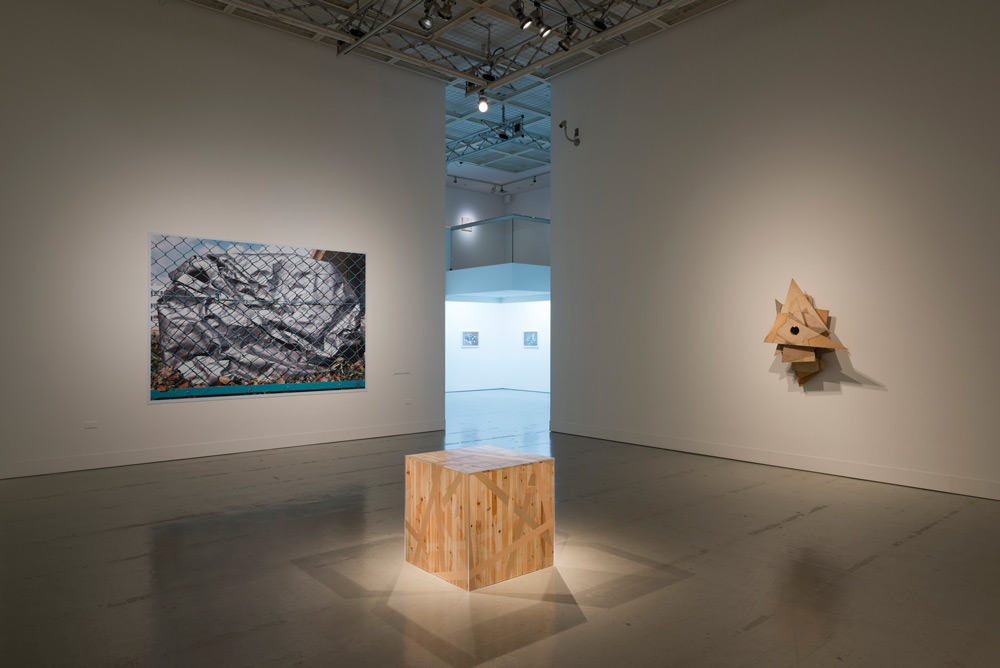
If I’m not mistaken, you originally studied printmaking. How do you think this influences your practice, especially in regards to how you approach photography?
In silk screening, there is a printing method called 4-color separation. With this method, cyan, magenta, yellow, and black inks are combined one by one, to produce a full-color image. Utilizing this technique allowed me to experience the process of layering and photo development. Through this, I was able to preserve the final image of the photograph in my mind, while simultaneously understanding that it was simply layers of printed inks. Through this I became familiar with the time and labor associated with the layering process as well as with the process of creating photographs. This has had a huge impact on my approach toward photography today.
In Layer of my labour you explore the physical efforts that are required to create an object, as well as how these efforts are often minimized or negated within the final image itself. I think there is an interesting dichotomy here, where the more effortless an image appears, chances are the more labour or effort went into constructing it. Can you speak a little bit more about the the potential of an image to highlight the labour or structures involved in producing it?
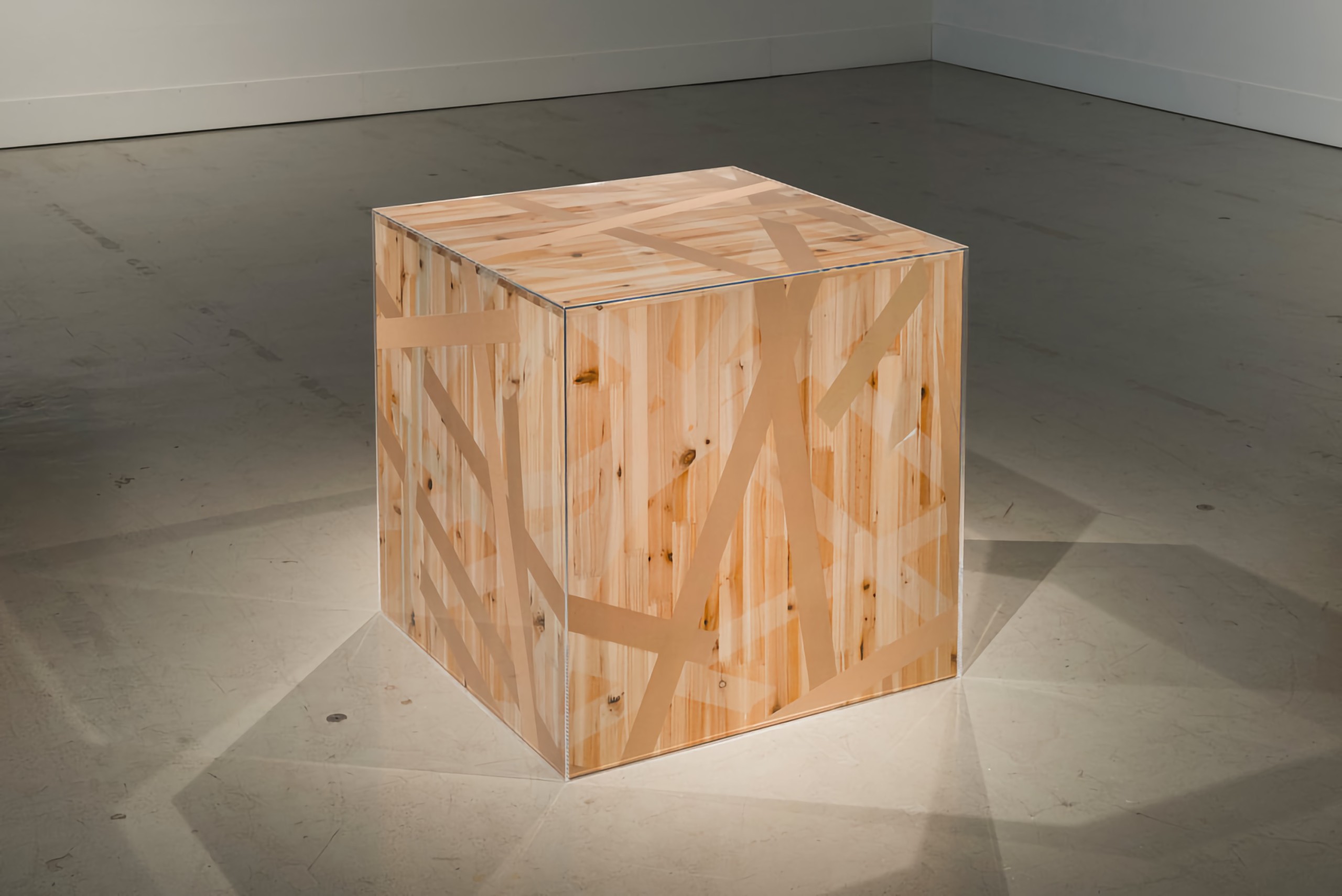
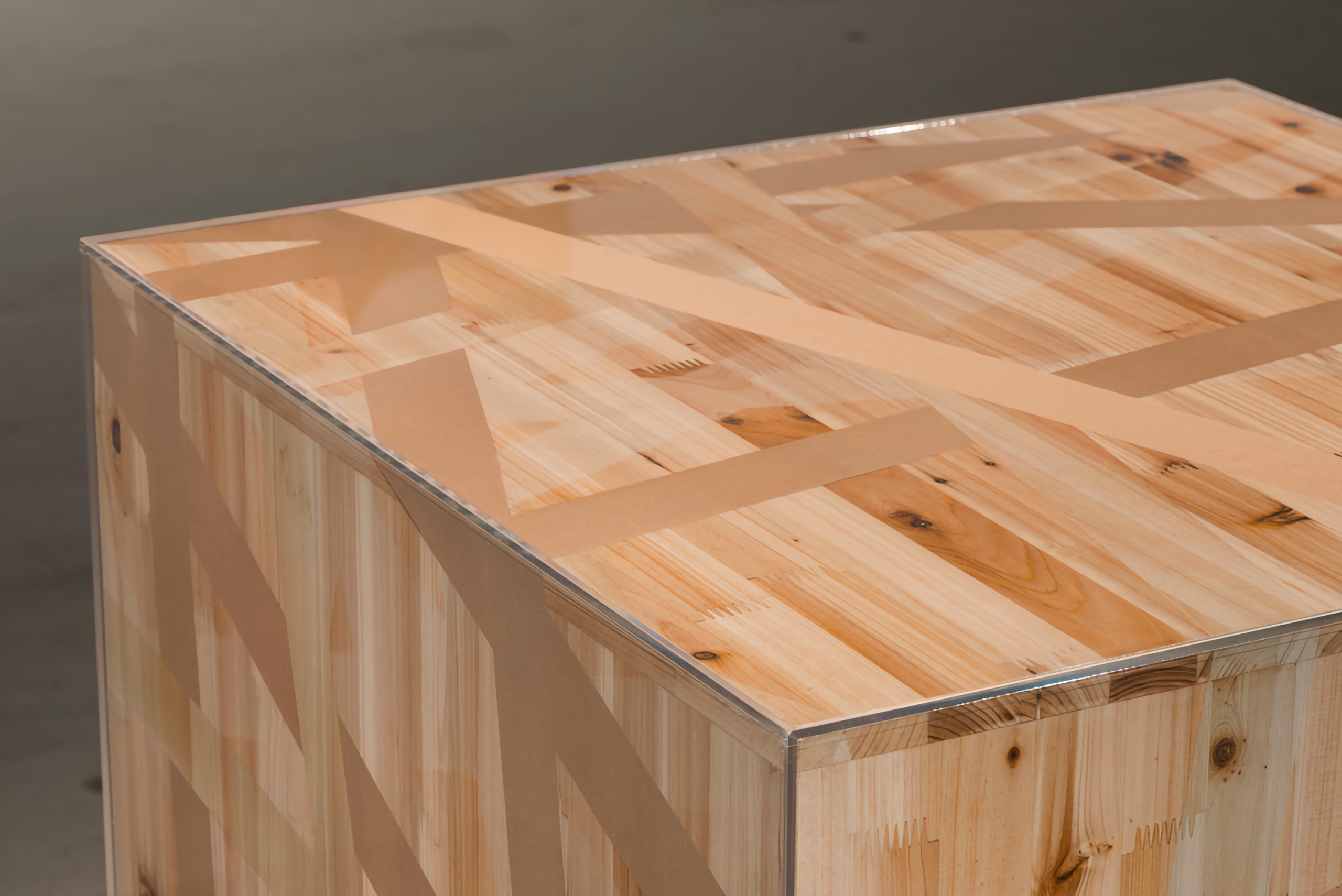
At the time of creating these works, I happened to be thinking about how a photograph differs from the original object. The idea developed with a query: What difference can be seen between a photograph and a copy of a photograph? For example, when a photograph of an object (Item A) is placed next to the actual object itself (Item B), and is then re-photographed, what remains? What’s recorded is a copy of the object’s photograph and a photo of the actual object itself. What I discovered was that there was very little difference between the photograph of the object (Item A) and the object itself (Item B). With that realization, I also sensed that the time and space I spent on creating that photograph had been completely taken from me. I understood that much was lost within this process, and that only the surface was present. Because of all that was lost during this process, including my time, space, labor, and effort, I realized that the photographs had to be supplememented by my imagination. This is what I find beautiful about photography.
When I first viewed this series, one thing that struck me, was how by substituting a physical material with an image of that material, you’ve actually heightened my awareness of that material’s physical properties. How does the blurring between materiality, image, and object effect your approach to image making?
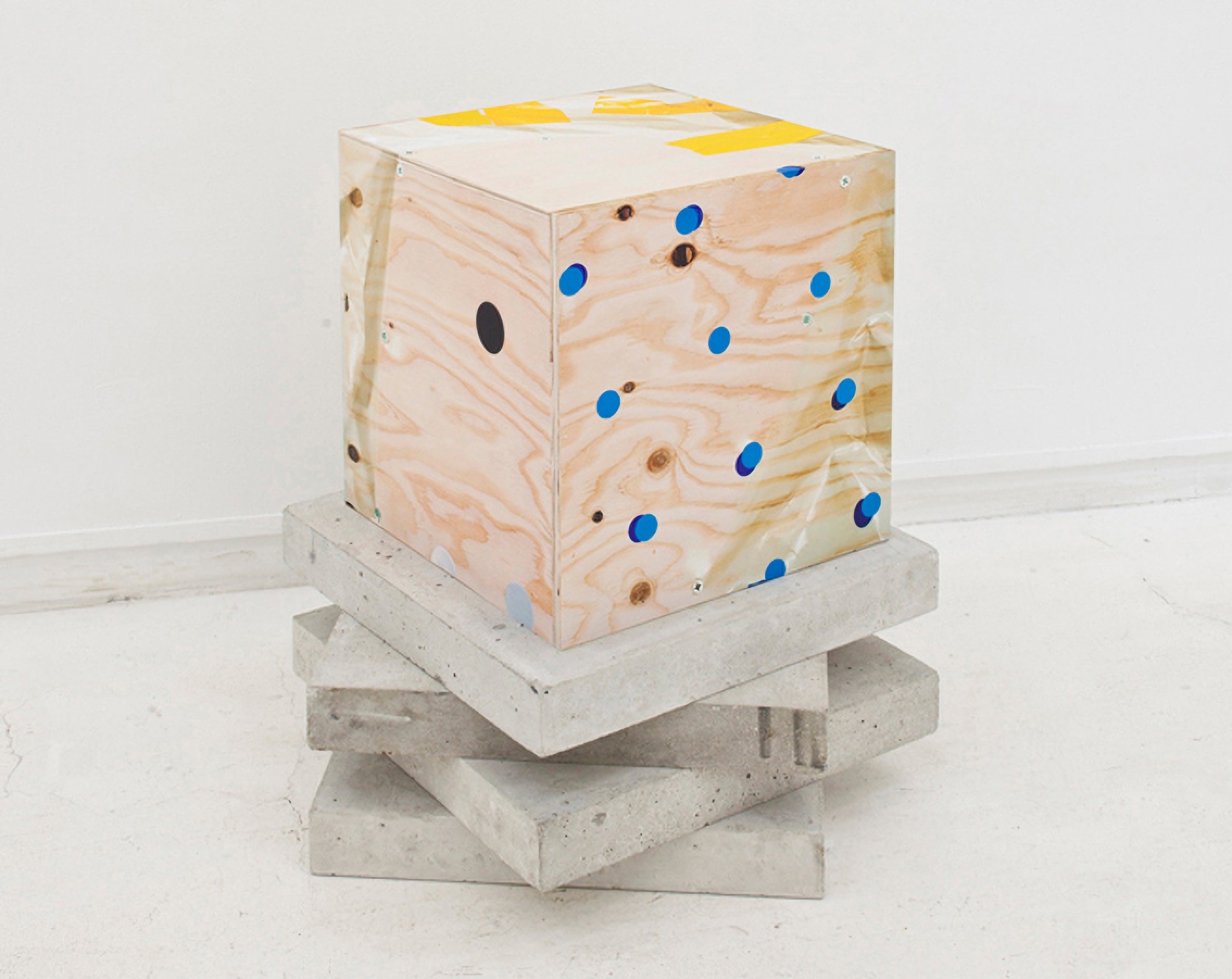
In Layer of my labor series, I often used wood and marble which have distinctive surface patterns. These wood and marble patterns are images generated from within the material. A camera, on the other hand, captures only the image seen on the surface as though it has scanned the surface. The image generated from within competes against the image capturing only the surface, creating conflict. When producing an image, I create a middle ground by linking or dividing that conflicting relationship that exists.
An idea that kept resurfacing for me as I viewed your work was this notion of support structures. In both the sculptural pieces as well as the photographs, there is of course physical support structures, but you also seem to be investigating the more subtle elements, looking at how images are constructed, ideas of context and place, and how we read contemporary photography. Can you further expand on this idea of support structures?
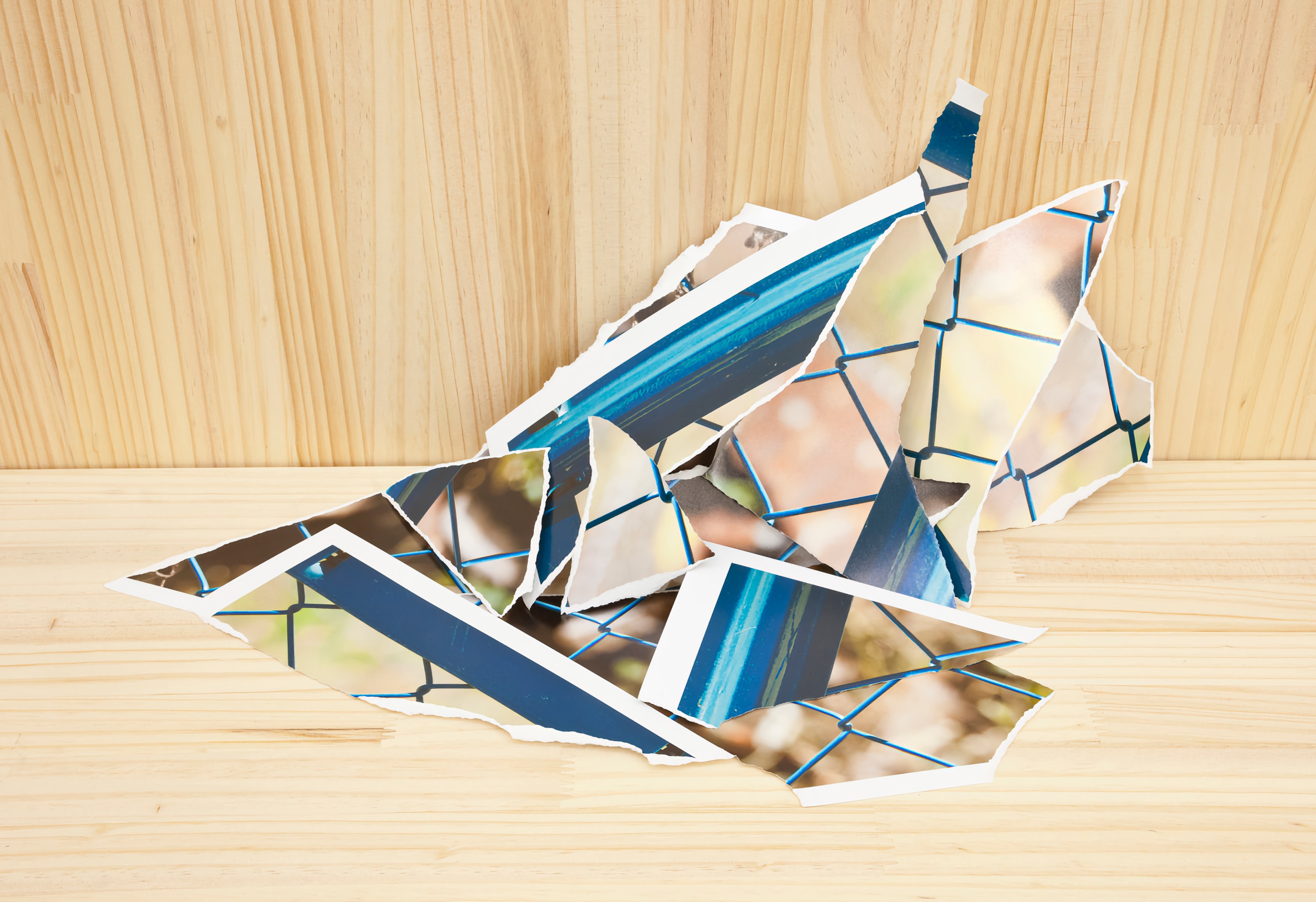
For example, you can’t see a photograph in a dark room, or if the photo is ripped, it’s difficult to recognize what exactly has been captured in it. Instead of capturing the photo by “looking at the image,” it must be captured by “looking at the physical matter covered by an image.” When a photo is captured in this manner, the importance is no longer centered around just the photo’s surface; instead, the viewer’s own act of looking — what the individual is facing and how he or she faces is — becomes important. I am not aiming to create a superficially abstract item, but rather I seek to create a condition where what is looked at can only be recognized abstractly. What I hope for is the possibility of this condition to become linked to a totally unexpected understanding.
A specific item possesses a presence that is unique to that specific item. A photograph can capture the item’s surface, but most of its record will be lost when captured, and it is not possible to replicate its presence. Because that presence is lost in the photograph, all we can do as a viewer is to stand in front of the photograph and imagine about the items and their presence. At the same time, because the photograph itself is also an item, the photograph possesses its own presence as a photograph. When viewing a photograph, the viewer will face two conflicting inconsistencies without exception: Imagining the presence (time, space, labor, effort, etc.) for the lost object, and looking at the item — the photograph — directly in front of you. This, I think, is the allure of photographs. Despite incorporating intent, by guiding the two inconsistencies, I am able to create a condition where the meaning of the intent cannot be conveyed for whatever reason.
I want to finish up by talking a little more about the specious notion series. There is a duality to these images where they are both highly specific, yet at the same time mundane enough to feel like they could be snapshots from any number of places. One of the by-products of this genericness is that it invites the viewer to enter the work, and construct their own narrative around the image. How does this idea of multiple entry points and narrative play in your larger practice as a whole?
For my newer works in Specious notion, I’ve frequently been using photos taken during my travels. I don’t travel for the photo shoots, but rather take photos while I happen to be travelling. There’s no need to have a special bond to a place or to conduct research on the destination. What is most important is the structure of the captured object, the upright geometry, the various images of the town, and the combination of all these elements. The meaning behind the story, history, or information is not vital. The photographs capturing the flat surface is in a way hollow and perhaps represents a stranger’s viewpoint. Perhaps that neutral, interchangeable observation is a factor contributing to the ability to weave in all sorts of stories.
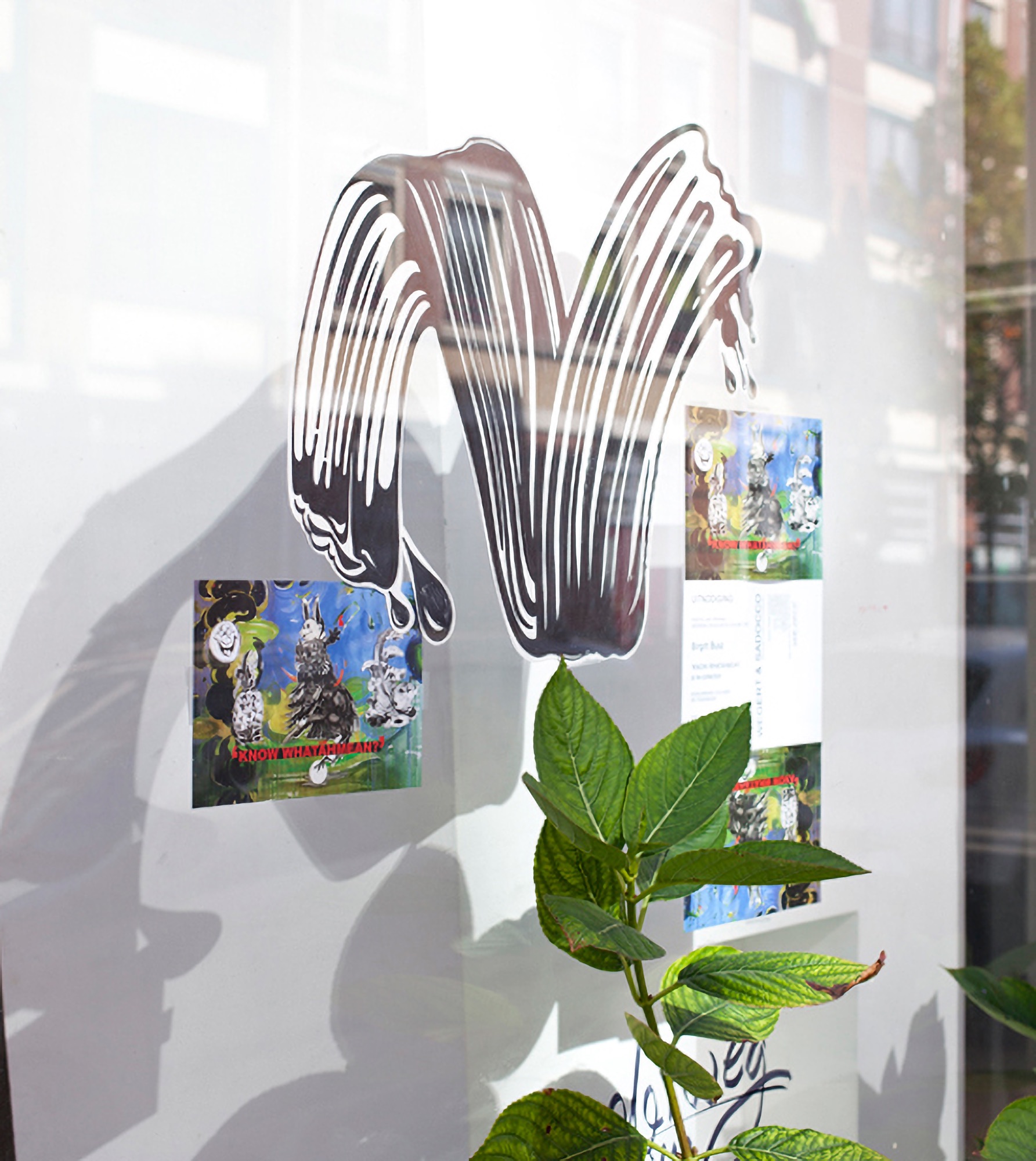
All images appear courtesy Shunsuke Kano and Maki Fine Arts.
Construction Cross Section, a new solo exhibition by Shunsuke Kano is currently on view at Maki Fine Arts in Tokyo. The exhibition runs until December 11, 2016. For more information please visit Maki Fine Arts